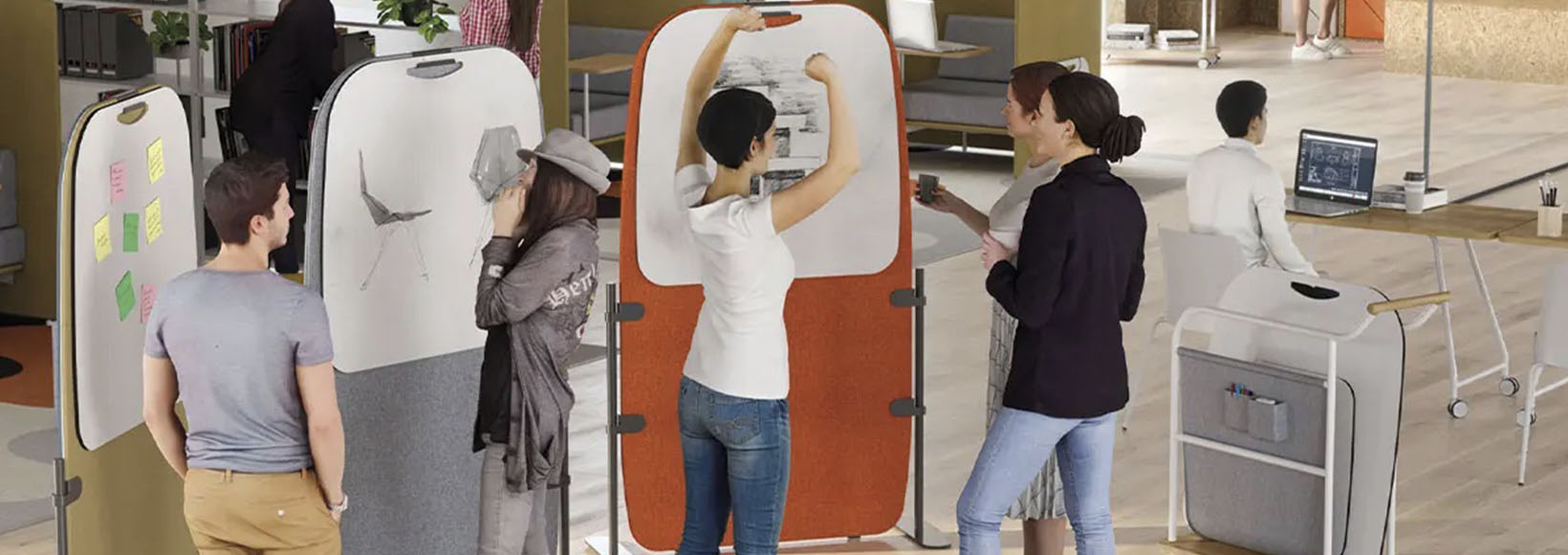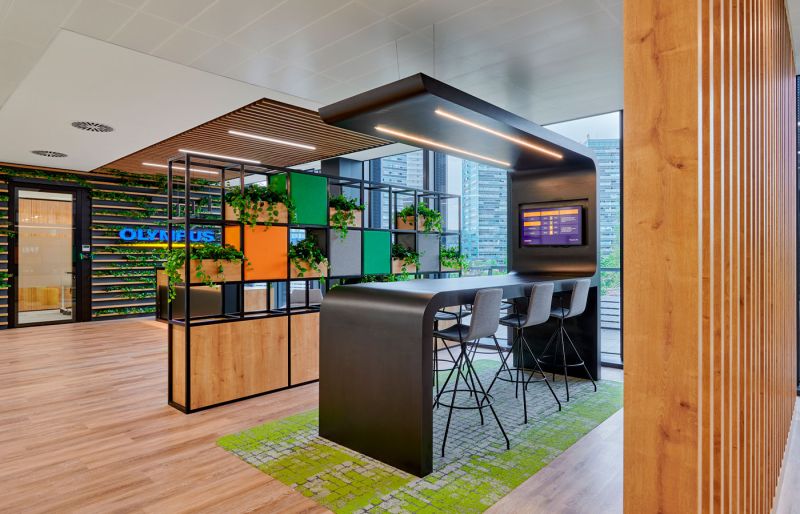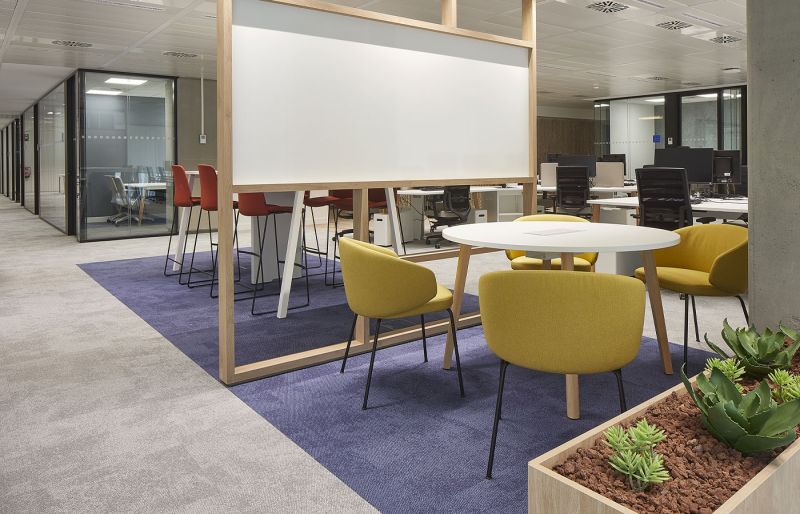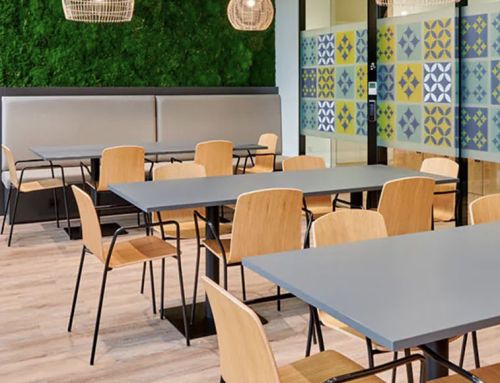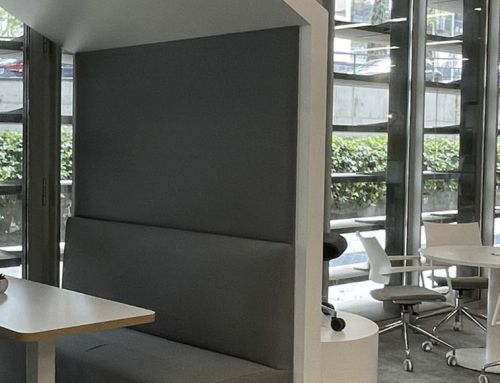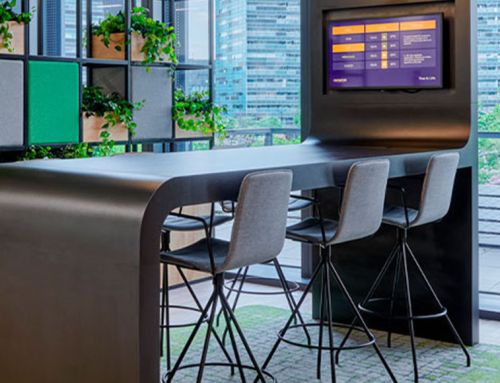Cisco’s Hybrid Work study highlights that offices are still predominantly geared towards individual work, rather than evolving into environments that foster collaboration and creativity, as demanded by new work paradigms. Consequently, the report underscores the necessity for companies to revamp their work structures. Interestingly, in recent years, there has been a significant trend towards collaborative offices, to the extent that it became more than just a trend but rather a widespread reality in many companies. However, according to the report, fully embracing collaborative offices remains an unfinished agenda.
Hybrid Work: Companies Must Rethink Their Workspace Design
In the latest study on hybrid work conducted by Cisco, titled “Hybrid Work,” only 46% of employees feel that their work environment is adequately equipped for the new era of hybrid work. Additionally, the report highlights that 72% of workers are willing to return to the office for onsite work, provided that the spaces facilitate seamless collaboration, social interaction, and creative brainstorming.
Returning to the Office Mandated, Indicates Hybrid Work Study
In recent months, return policies have been gradually reinstated. According to the Hybrid Work Study, 31% of companies are mandating a complete return to the office, while 48% are partially requiring it, and 21% do not necessitate a full return.
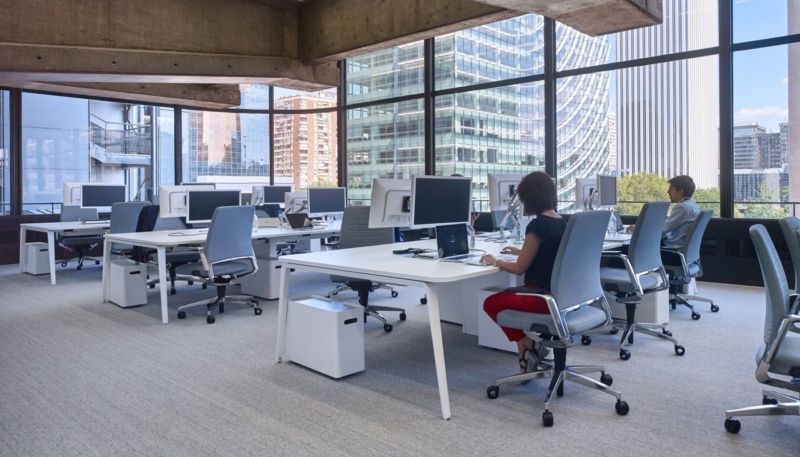 Savills Aguirre Newman Madrid Headquarters – Ofita Furniture.
Savills Aguirre Newman Madrid Headquarters – Ofita Furniture.
Employees who have not welcomed the imposition of returning to the office cite the main consequences as a decrease in well-being in 33% of cases, morale in 49%, productivity in 47%, and difficulty in attracting new talent in 39%.
And although only 22% of respondents claim that this group of workers have resigned from their positions as a result, within two years only 21% of companies expect all employees to attend the office for the five working days.
Currently, 78% of Spanish companies interviewed by Cisco have at least 10% of their workforce in hybrid work agreements. 35% of employees attend the office for 3 to 4 days a week.
New Workspaces, a Requirement for Their Return
The office and technology must change to facilitate collaboration; however, 34% of companies still allocate over 75% of their office space to personal workspaces, fostering individual work habits. Ineffective meeting rooms continue to hinder productivity and collaboration efforts. According to employers, the main obstacle is the use of inadequate technologies (51%) and the lack of audio and video terminals (47%) or tools for monitoring and booking spaces (46%).
Workspace Redesign
As we have mentioned, the office and technology must change to facilitate collaboration. However, the study reflects that 44% of companies allocate more than 75% of their office space to personal workspaces, fostering individual work habits. According to employers, the main obstacle is the use of inadequate technologies and the lack of audio and video terminals, as well as tools for monitoring and booking spaces.Principio del formulario
It does note, however, that one out of every two Spanish companies intends to redesign workspaces in the next two years, and most of them will do so to facilitate hybrid meetings through audio and video tools. Regarding productivity improvement, 42% plan to enhance their workspaces with AI technologies.
The Keys to Collaborative Offices
How can office design and equipment facilitate collaboration? At Ofita, we argue that there are five clear starting points in the design of collaborative offices:
- Non-territoriality, especially for certain worker profiles.
- Absolute prominence of social areas, with different types of spaces for different work dynamics.
- Flexibility/versatility of spaces and their equipment.
- Humanization of work environments. That is, placing people – their well-being and functional and social needs – at the center of the project, which implies adopting healthy and sustainable criteria in the design.
- Fusion of technology + space.
12 Scenarios in the Office
At Ofita, we visualize 12 different scenarios in the office, distinguished by the level of privacy each activity needs to be carried out effectively and healthily. What factors determine the use of each of these spaces? Two, mainly: the purpose of the workplace (concentration, remote or in-person collaboration, learning, etc.) and the different profiles of the users (if they spend most of their time in the office, if they are nomadic workers, etc.).
Of these twelve spaces, some are designed for greater concentration; others are more “noisy” and collaborative (the Plaza, the multifunctional room, meeting rooms, and team workrooms), and the third are “transit spaces” between activities. These spaces promote spontaneous encounters and collaboration. They are the reception area, the Park, the Boulevard, and the soft seating areas.
We discuss all of these spaces and how to equip them in the latest Ofita study.
You can download the ebook here.
